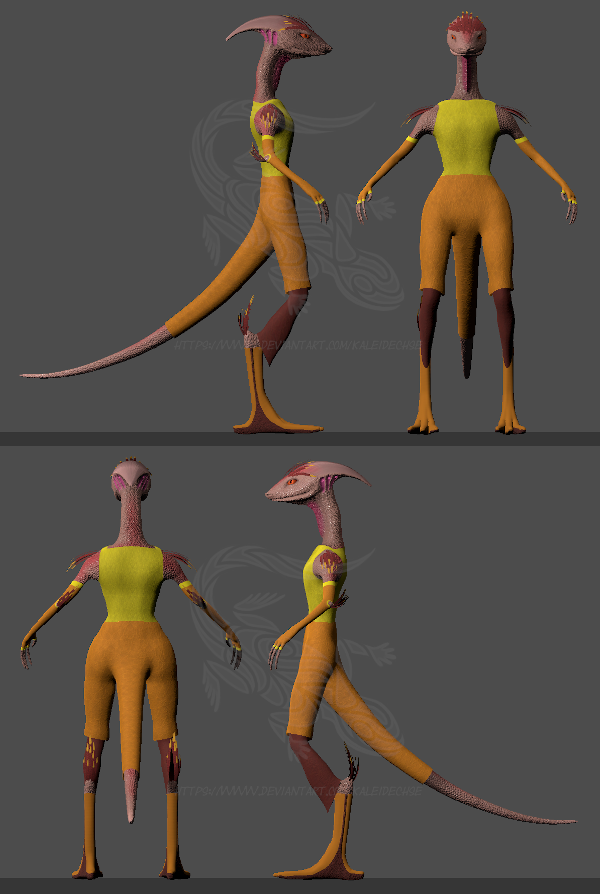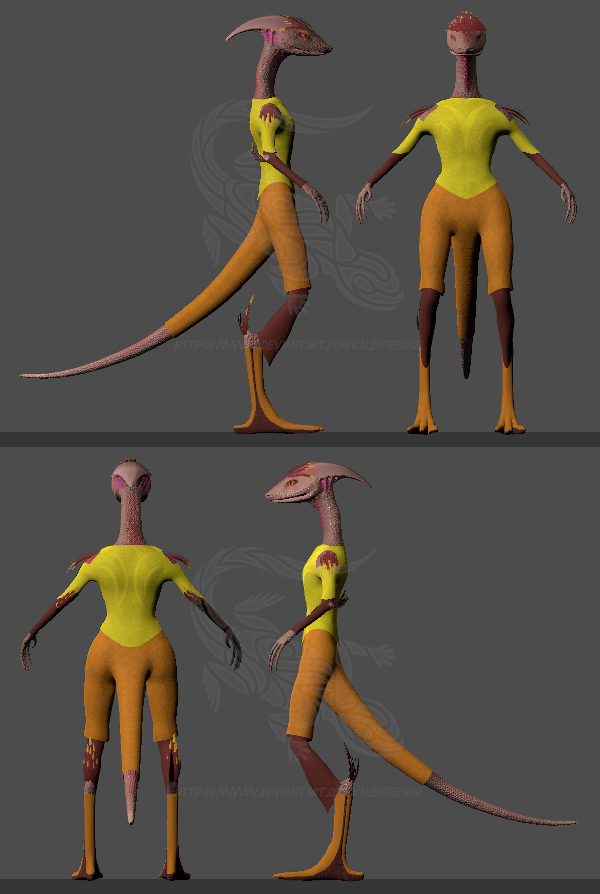Rilanga
The Rilanga were one of two superpowers who controlled Ranul before the Final War.
They used to live near the western seas of Mustik Hamesi.
Naming Traditions
Feminine names
Feminine names only used hard consonants as well as the two neutral consonants "l" and "r".
Masculine names
Masculine names only used softer consonants besides the neutral "l" and "r".
Family names
Rilanga family names consisted of a single syllable with usually one consonant and one vowel. They were placed before the given name.
Culture
Major language groups and dialects
The offical language was Rilangun. Regions further removed from the Zugderi Sea tended to have dialects based on the languages which their inhabitants used to speak before joining the Rilanga Union. However, using those antiquated dialects was widely considered a sign of poor education.
Shared customary codes and values
Unity
One of their core values was harmony within a group or community. Disagreements in words and actions were believed to weaken the group as a whole, making them susceptible to threats from outside.Knowledge
Science and fine arts were seen as the pillars of civilization. They set the Rul apart from the animals, and therefore people were admired for being well-versed in various scientific fields or forms of art.Elegance
Natural shapes were generally seen as a crude base form waiting to be refined and perfected. Therefor, animals or plants were often systematically bred to approach an idealized appearance, and materials were usually processed to be as uniform as possible.Art & Architecture
Geometric shapes were prevalent in the years before the Final War escalated. Emphasis was put on symmetrical or repeating patterns as well as harmonic color palettes. Warm, sunny hues were especially popular.
Common Customs, traditions and rituals
The beginning of spring was a major holiday, celebrated by putting up special lanterns to brighten the neighborhood.
Coming of Age Rites
One major milestone was graduating from secondary school and becoming eligible for studying at the university. This achievement used to be celebrated in a ceremony involving the entire class and their families.
Ideals
Beauty Ideals
Facial Structure
The ideal features were a streamlined profile with the crest curving downwards and a smooth transition between the nose and forehead.Skin Coloration
Shades of red were the norm on the western hemisphere, so a notably different hue like yellow or purple was often seen as a sign of sickness. Green scales were sure to raise suspicions since those were mostly found in people of Ran-E-Zu ancestry.
Diverged ethnicities
Encompassed species
Related Organizations
Related Myths
Languages spoken






I love that you've included stuff about their art/architecture and how they view natural shapes as crude. That's such a nice cultural detail. What kind of food did they eat?
Thank you, I'm glad that you like it! Their food is mostly based on large insects and plants, and near the seas it probably includes fish as well. Considering that they view nature as crude, they might put some extra effort into preparing their meals. I think I'll make a separate article specifically about their cuisine. Thanks for the inspiration!
Creator of the Kaleidoscope System and the planet Miragia.